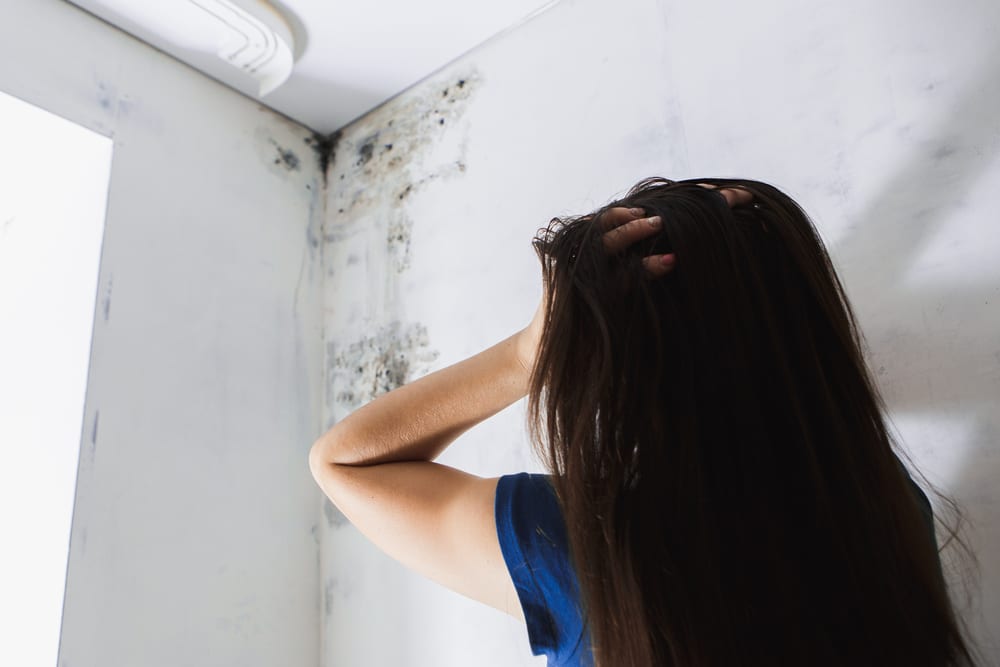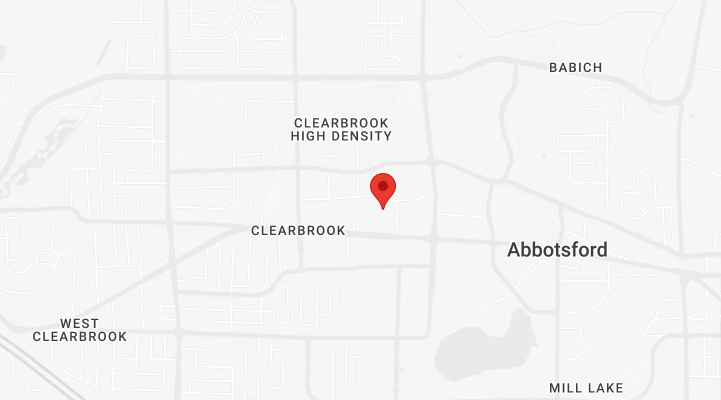The PuroClean Blog
Bathroom Water Damage Prevention Tips Everyone Should Know

As bathrooms use a lot of water, some of it could end up on walls and floors, leading to water damage. Mould growth will soon follow, leaving property owners with extensive structural damage on their hands. To avoid this problem, here are essential bathroom water damage prevention tips to follow:
Bathroom water damage prevention tips
- Property owners should regularly check for signs of leaks. These include stains on walls or floors, drywall bubbling, musty smells, and walls that feel soft to the touch. Owners should also look under vanities and the sink trap for leaks, which should be immediately fixed.
- Any cracked, broken or missing tiles should be replaced. Otherwise, water could seep behind walls and under floors. The same should be done for cracked or decaying grout and caulking around sinks, tubs, and showers.
- The valves for toilets, showers, and sinks should be tested regularly to ensure they are working well. Also, any wetness or staining around them may indicate a leak.
- Upgrading old fixtures is another tip to prevent bathroom water damage. For example, older showerheads may use twice as much water than newer models. So, upgrading old fixtures can help save water as well as potential water damage in the future.
- Unclogging sinks — Water that doesn’t drain away properly might cause water damage. To unclog a sink, homeowners can pour a mixture of vinegar and baking soda down the drain.
- Only toilet paper should be flushed down the toilet. Items like diapers and sanitary napkins may clog the plumbing. Also, property owners who have septic systems should only use septic-safe toilet paper.
- The exhaust fan must be used after every shower. The fan helps pull excess moisture out of the air, preventing it from entering the walls, which may cause mould growth. Using a dehumidifier can also help reduce the humidity in the bathroom.
- After taking a shower or using the tub, any water on the floor should be removed. Also, the water from the shower or tub should be fully drained to prevent damage from sitting water. Torn shower curtains or shower doors that have damaged seals should be replaced.
- The splashing of children in the tub should be minimized. Any water that makes it to the floor or walls must be removed.
- Homeowners can place bathmats on the floor to minimize the risk of excess water building up outside the shower.
Although water can easily cause damage in places where it’s used heavily, taking these actions will help property owners prevent bathroom water damage. PuroClean stands ready to provide help with mould removal, whether it’s in the garage or other areas of a property.
September 6, 2019


